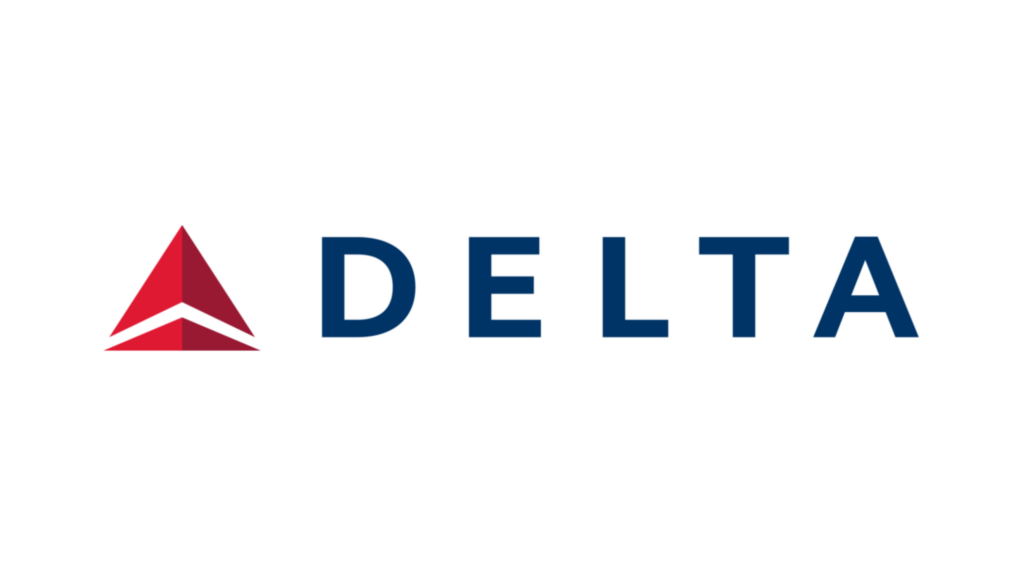In today’s digital landscape, every second counts. A slow-loading website isn’t just frustrating—it directly impacts user engagement and conversion rates. One crucial, yet often overlooked factor in site performance is image optimization. When images are optimized effectively, they not only speed up your site but also contribute to enhanced SEO, better accessibility, and a superior user experience. Research shows that even a one-second delay in page load can lower conversion rates by up to 7%, making it clear that every kilobyte shaved off matters.
With techniques ranging from compression and the selection of next-gen file formats to well-crafted alt text, you can drastically reduce image file sizes without sacrificing visual quality. The following guide breaks down the foundational tactics and advanced strategies to optimize images for high-impact SEO and faster load times, ensuring your site delivers a smooth, engaging experience that both users and search engines appreciate.
The Foundations of Image Optimization
Faster websites mean happier users and higher search rankings. The core pillars of image optimization include three main tactics:
- Compression: Reducing file size is critical. An image that’s been expertly compressed retains its visual appeal while loading significantly faster.
- File Formats: Choosing the right format—from JPEG and PNG to modern alternatives like WebP and AVIF—ensures optimal balance between quality and speed.
- Alt Text: Beyond accessibility, descriptive alt text helps search engines understand your images, boosting the overall SEO of your page.
By focusing on these fundamentals, you not only enhance user experience but also send the right signals to search engines—an essential step for long-term SEO success.
Mastering Image Compression
Imagine a stunning hero image that takes too long to load, causing users to abandon your site before even getting a glimpse of your content. This is where mastering image compression becomes vital. There are two main types of compression:
- Lossy Compression: Ideal for photographs and complex visuals, lossy compression (often used with JPEG) reduces file size by discarding some data. The key is finding a balance so that the image remains visually appealing.
- Lossless Compression: Typically used for graphics and images that require perfect clarity, lossless compression (common with PNG) maintains every detail but results in larger files.
Leverage AI-assisted tools and popular plugins like ShortPixel or Smush to automate the compression process. The goal is to minimize the file size—aiming for banners to be in the 150–250 KB range—while preserving the quality that represents your brand.
File Formats That Make an Impact
Not all image formats are created equal. Understanding the differences between them is essential to optimizing web performance:
- JPEG: A standard for photographs, offering adjustable quality settings to balance file size and image clarity.
- PNG: Best for graphics and images requiring transparency; although the quality is high, the files tend to be larger.
- WebP: A modern format that supports both lossy and lossless compression, often outperforming JPEG and PNG in size without compromising quality.
- AVIF: An emerging format that provides even better compression efficiency than WebP, promising smaller file sizes at equivalent quality.
Embracing next-gen formats like WebP and AVIF can yield significant improvements in load times and overall SEO performance. Fallback methods can be implemented to serve older browsers with JPEG/PNG, ensuring a seamless user experience across all platforms.
Alt Text That Delivers SEO Value
Alt text is more than an accessibility requirement—it’s a strategic SEO asset. Well-written alt text helps search engines understand your images and provides context to users relying on screen readers. To optimize alt text:
- Keep It Concise: Aim for 125–130 characters that succinctly describe the image.
- Be Descriptive: Clearly articulate what the image depicts, ensuring it matches the context of your page.
- Integrate Keywords: Naturally include relevant keywords without overstuffing; balance is key.
When images are purely decorative, leaving the alt text empty prevents unnecessary clutter. The right alt text not only boosts accessibility but also enhances your page’s overall SEO, contributing to better indexing and higher search rankings.
Beyond the Basics: Responsive Images and Lazy Loading
Advanced image optimization involves adapting your visuals to varying user environments. Two effective techniques include:
- Responsive Images: Use the srcset and sizes attributes to serve appropriately sized images based on the device. This approach prevents mobile users from downloading overly large files designed for desktops. Combining these techniques with the <picture> element allows you to define multiple formats (JPEG, WebP, AVIF) for optimal performance.
- Lazy Loading: Instead of loading every image as soon as the page is accessed, lazy loading defers the loading of off-screen images until the user scrolls near them. This reduces initial load times and improves overall page speed. However, be cautious to load critical above-the-fold images normally to ensure a seamless user experience.
Implementing these strategies means that your site remains fast and efficient, catering to users on a variety of devices and network conditions.
Measuring Success and Continuous Optimization
Image optimization isn’t a one-and-done process—it requires ongoing attention and improvement. Using tools like Google PageSpeed Insights, you can get specific recommendations and monitor how your images are affecting load times. Additional data from analytics and heatmaps can help identify any friction points where large images might be causing users to drop off.
Continuous optimization might involve:
- Regular Audits: Periodically review your website’s images to ensure they’re up to date with the latest optimization techniques.
- AI-Driven Adjustments: Employ AI tools to monitor real-time performance and automatically adjust compression levels or swap out file formats as needed.
- User Feedback: Analyze user behavior metrics such as bounce rates and time-on-page. If a specific page shows signs of lag, it might be time for a fresh round of optimization.
Keeping an eye on these metrics ensures that your site remains lean, fast, and effective—driving lasting results for your SEO strategy.
Conclusion
Image optimization is a powerful yet often underutilized strategy for boosting web performance and SEO. By compressing images, choosing the most effective file formats, and incorporating strategic alt text, you can dramatically improve load times, user experience, and overall search rankings. Advanced techniques like responsive images and lazy loading further enhance these benefits. Remember, consistent monitoring and optimization are key to sustaining these gains.
Frequently Asked Questions
- Which image format is best for web performance?
Modern formats like WebP and AVIF typically offer the best balance between file size and quality, outperforming traditional formats like JPEG and PNG. - Does alt text really help with SEO?
Yes, well-crafted alt text improves accessibility and provides context to search engines, contributing to better indexing and higher rankings. - How often should image optimization be revisited?
It’s best to optimize new images immediately and conduct regular audits—quarterly or biannually—for existing content to ensure continued performance.
Consult SuperMassive for AI-driven marketing solutions that unlock the full potential of your site’s image assets. Visit us online or call 678-855-5169.




